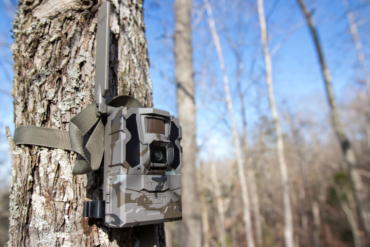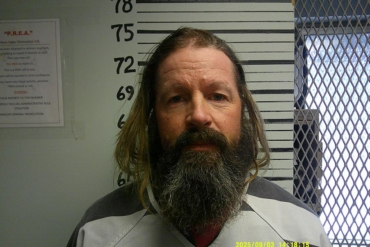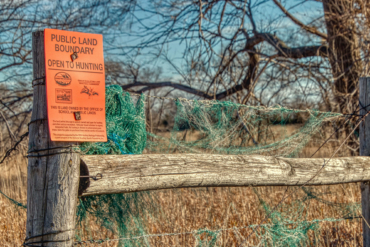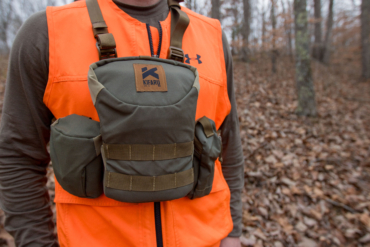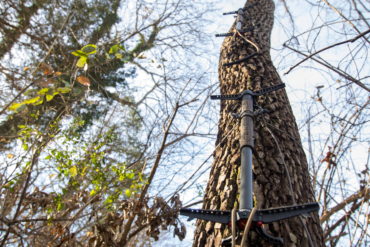With big-game seasons going strong across the country, hunters must be aware of chronic wasting disease precautions whether they’re hunting in or out of state.
Chronic wasting disease is here to stay. As of May 2020, free-ranging deer, elk, and moose have tested positive for the disease in at least 24 states and two Canadian provinces, according to the Centers for Disease Control and Prevention.

The disease is certainly prevalent in areas that are currently untested, and it continues to spread its deadly prions as animals migrate and carcasses are moved across borders. Understanding how this disease works is tantamount to preventing its spread. But if understanding the deep threat of misfolding proteins isn’t your thing, you can still prevent the spread of CWD into your area.
Here are five concrete ways you can contribute to stopping the spread of chronic wasting disease and safeguarding our cervids and their landscapes for future generations.
How to Prevent the Spread of CWD
Volunteer or Submit Your Animal for CWD Sampling
Some areas will require that all harvested animals be tested for chronic wasting disease. Many other states are opting for free (or sometimes paid) volunteer sampling on an individual basis. It’s imperative that states have as much information as possible to understand and prevent the spread of CWD.
The head from your animal — be it male or female — is the sampling station for chronic wasting disease. Tests use either the retropharyngeal lymph nodes or brainstem, and states like Montana offer CWD test kits in which you can do this yourself or test stations where a fish and game employee can do it for you.
The above video from Montana Fish, Wildlife, and Parks shows how you can extract the lymph nodes on your own. But contact or search the fish and game department closest to your hunting area to know your options for testing.
Debone Your Meat in the Field and Dispose of Your Carcass Properly
If deboning your meat is new to you, don’t be intimidated. It’s a relatively simple procedure that gets a lot of your processing work done in the field before getting your meat home or to your local butcher shop. In the above video from the Theodore Roosevelt Conservation Partnership, MeatEater’s Janis Putelis breaks down how to debone your animals properly in areas with chronic wasting disease.
You’ll want to avoid cutting through bones, the spine, or the brain while deboning meat. Additionally, you’ll want to properly dispose of the carcass. Some areas require that carcasses be left in the field and preferably buried.
If you do bring a whole animal out of the field, some states, like Wisconsin, offer carcass disposal sites. Others ask that you bag carcass parts — such as eyes, brain, spleen, lymph glands, bones, and spinal cord material — and dispose of them in your local landfill, where the carcass can be dealt with safely without further contaminating the environment.
Clean Your Skull for Safe and Legal Transport
“The days of bringing full skulls or spinal cord material home are over.” — Randy Newberg, Hunter
In many states, it’s illegal for hunters to transport brain matter or the spinal column beyond state lines. Twenty-five states have specific laws on the books that make transport of carcasses illegal in some way or another, and you can find a detailed breakdown of state-by-state regulations as of April 2020 here.
It is a best practice with any cervid to simply leave the carcass where it lies with its spinal column intact after boning out the meat. As many hunters do take the heads of antlered animals, you’ll need to make sure the skull is clean of brain tissue before transport. Randy Newberg’s above video shows you how to do this on your own.
If you plan on taking a skull beyond state lines and you don’t want to DIY it, contact local taxidermists who can do the job for you, in whichever manner works best for you. Shoulder mounts, euro mounts, and skull-caps are all options for getting your hard-earned antlers home intact.
Report Sick Animals to the Local Fish and Game Department

Deer, elk, and moose infected with CWD can look healthy for up to 5 years, or potentially longer, while infected with the disease. But in the end stages of this always-fatal infection, things get really, really terrible for our cervid friends.
If you see or shoot an animal that appears to be sick, avoid handling it. Take pictures and waypoints if possible. Then, report it to the fish and game department closest to its location.
Avoid Using Scents, Lures, and Baiting to Prevent Spread of CWD
Many scents and lures that hunters use come from populations of captive cervids. This poses the great hazard of introducing chronic wasting disease in areas where it’s never been before.
Deer urine or glandular byproducts can carry the infective prions, and human utility can spread these infectious proteins into the environment. Once prions are in the landscape, it’s nearly impossible to remove them. Try different hunting methods that don’t draw animals via cervid byproducts.
Baiting deer is a common practice in many areas, but it can bring animals together that might not meet in the field. Saliva, urine, and fecal matter can easily pass chronic wasting disease from one animal to another. Adjust your hunting practices beyond baiting to prevent the further unnatural spread of CWD.
Final Thoughts: CWD, Humans, and the Future of Our Cervids

There is no proven evidence that chronic wasting disease can be passed on to humans. But prion diseases like mad cow disease have crossed the interspecies barrier in the recent past. Although it’s highly unlikely that you’ll infect yourself or loved ones with CWD, it’s best to take personal precautions when handling and eating deer, elk, and moose.
Wear gloves, be sure not to ingest or contaminate meat with spinal or brain matter, and wait until your animal has been tested to decide whether or not you feel safe consuming the meat in your freezer.
It’s up to all hunters of deer, elk, and moose to be good stewards of the animals we hunt. Know the legalities and be prepared with the right information for the areas you plan on hunting this season.


